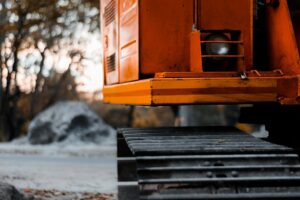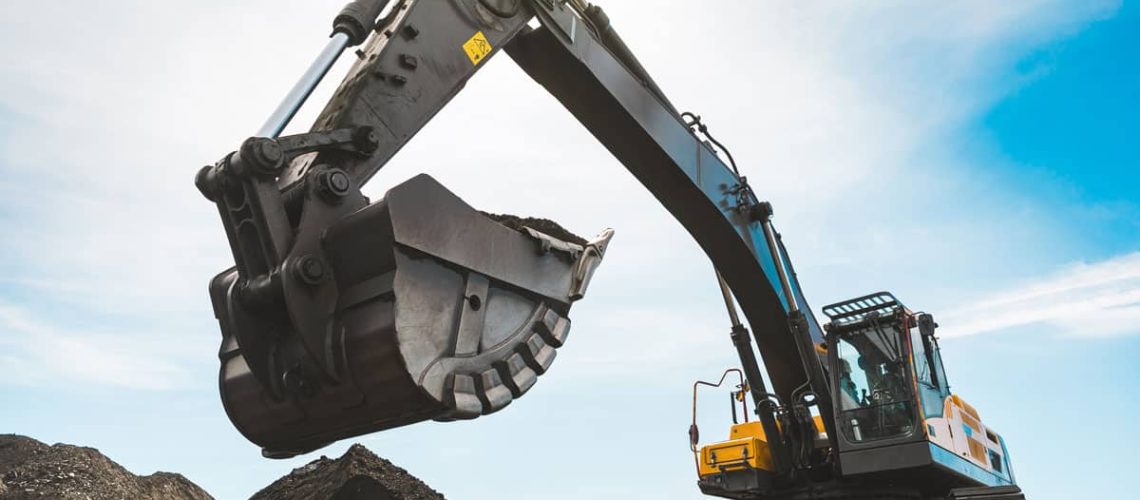 Many factors must be considered while selecting a construction company for a project. You must identify not just which tools you will require, but also which type of each will be most appropriate for the task. You may have established that you require an excavator, but now you must ensure that you obtain the appropriate excavation machine.
Many factors must be considered while selecting a construction company for a project. You must identify not just which tools you will require, but also which type of each will be most appropriate for the task. You may have established that you require an excavator, but now you must ensure that you obtain the appropriate excavation machine.
Excavators execute the same basic activities, but their size and capabilities differ. It may take a little more time and patience to find the right excavator for a job, but it will be well worth the effort once you’re on the job site. In this post, we’ve assembled four crucial recommendations to assist you in finding the best excavator for your job.
1. Identify Your Requirements
When comparing excavator models, one of the most significant features to consider is size. To get the most out of your machine, check to see if the excavator size is right for the job. Is it able to get to the job places you need?
Is it capable of achieving the desired dig depth, reach, and dump height? Your ideal excavator should be able to get to your project locations and then have the width, height, and weight capacity to complete the work once there.
Each job site has its own set of requirements. When working in limited spaces such as residential houses or commercial construction sites, every inch counts. Larger excavators can weigh more than 10 tons, so make sure your job site can handle their total size and weight.
2. Think About Comfort Features & Technologies
Because your operators spend most of their time in the cab of a machine, comfort elements should be considered when adding an excavator to your fleet. Simple elements such as an enclosed cab with heating and air conditioning, operator-friendly controls, and general ergonomics go a long way toward creating a pleasant working environment.
An important feature in the compact equipment industry is wireless communication technology—also referred to as telematics—which allows you and your excavator operators to maximize uptime and provide better peace of mind. The technology utilizes electronic sensors in your equipment to capture machine-specific data and deliver it to a mobile device or computer over a wireless network.
In-cab displays improve the functionality of a machine by providing important information to you and your operators. Some options include device connectivity, which can help with security and can be used in conjunction with a rearview camera.
You can monitor fuel levels, coolant temperature, engine revolutions per minute, hydraulic flow, and onboard diagnostics with some of the higher-end display systems, allowing you to maximize uptime and serviceability. Select screens also allow you to monitor and position machine attachments as well as track operator productivity in great detail.
Advanced attachment mounting systems can adjust the task to the operator’s preferences and save time. Hydraulic activated systems enable you and your employees to secure attachments in seconds by pressing a switch within the cab, which links the machine’s attachment automatically.
3. Performance & Power
After that, think about the exact activities you’ll need a small or large excavator for. A compact excavator may fit into tight spaces with precision and power, but they have less digging force and lift capacity than medium excavators.
Large excavators with more powerful hydraulic systems and horsepower can handle more difficult tasks like commercial excavation. Pay attention to equipment specifications like horsepower, rated lift capacity, digging force, and dig depth at this point of the decision-making process.
4. Know the Type of Excavator You Need
The type of excavator you need depends on your job, the different types of excavators are as follows:
Standard Excavator
Standard excavators range in size from 10 to 80 tonnes, with special excavators capable of reaching 350 tonnes.
Mini Excavator

Mini excavators are a smaller version of standard excavators that have all of the same capabilities. They are designed for tight access and residential work and can carry up to 5.5 tonnes.
High Reach Excavator

Because the high boom helps the operator to dodge falling debris, high reach excavators are commonly utilized on tall structure demolitions. In addition, the high boom allows for more precise and targeted demolition.
Long Reach Excavator

Long reach excavators are utilized for tough earthworks, demolition projects, and other applications where a regular excavator boom cannot reach. They’re used since they’re more accurate and safe.
Amphibious Excavator

Amphibious excavators or versatile excavators are specially designed to work in and around water. They are mostly used for dredging and are safer to use than ordinary excavators for these tasks.
Spider Excavator

All-terrain excavation is done with a spider excavator, which has four wheels and four hydraulic stabilizing claws. They’re mostly used in rural, alpine, and forestry settings because of their all-terrain design.
Chameleon Clamshell Excavator

The operator of a chameleon clamshell excavator can extend the boom down to 30 meters to complete subsurface excavation, then retract it and put the load into transport. They are primarily employed in major construction such as inner-city and underground structures.
5. Consider the Transportation
When an excavator isn’t in use, its weight and size are just as significant. It has an impact on how you’ll get the machine to and from job sites. Before choosing a machine size, double-check the weight limits of any vehicles you plan to utilize and consider how you plan to transport your excavator.
Large excavators require different transporting equipment than compact excavators because of their size. If you’re used to hauling your compact excavator in a three-quarters-ton pickup truck, you’ll have to change your mindset when considering a 10-ton or larger excavator. In comparison to a compact excavator, the size and weight of this equipment frequently necessitate a larger truck-and-trailer combination.
Final Thoughts
Above all, the best way for you to evaluate excavator models is to operate them on your workplace. Not all excavators are made equal, and seeing how a machine performs in real-world settings will help you see how it might operate as part of your fleet.
Examine the machine’s versatility, operator comfort, ease of routine maintenance, and, of course, performance throughout the demonstration so you know exactly what to expect from your most recent equipment acquisition.
The addition of an excavator to your fleet could significantly increase its productivity and versatility. However, before you buy, make sure you’ve thought about all of the variables so you can locate the ideal fit for you and your equipment operators.
Looking for the best excavation contractors near me? Woolley Milling and Paving offers excavation services near me for any type of construction.
We are committed to completing each project on schedule, and we endeavor to go above and beyond our clients’ expectations. Most importantly, we are dedicated to assisting you in determining the optimum solution for your land excavation requirements and budget.





